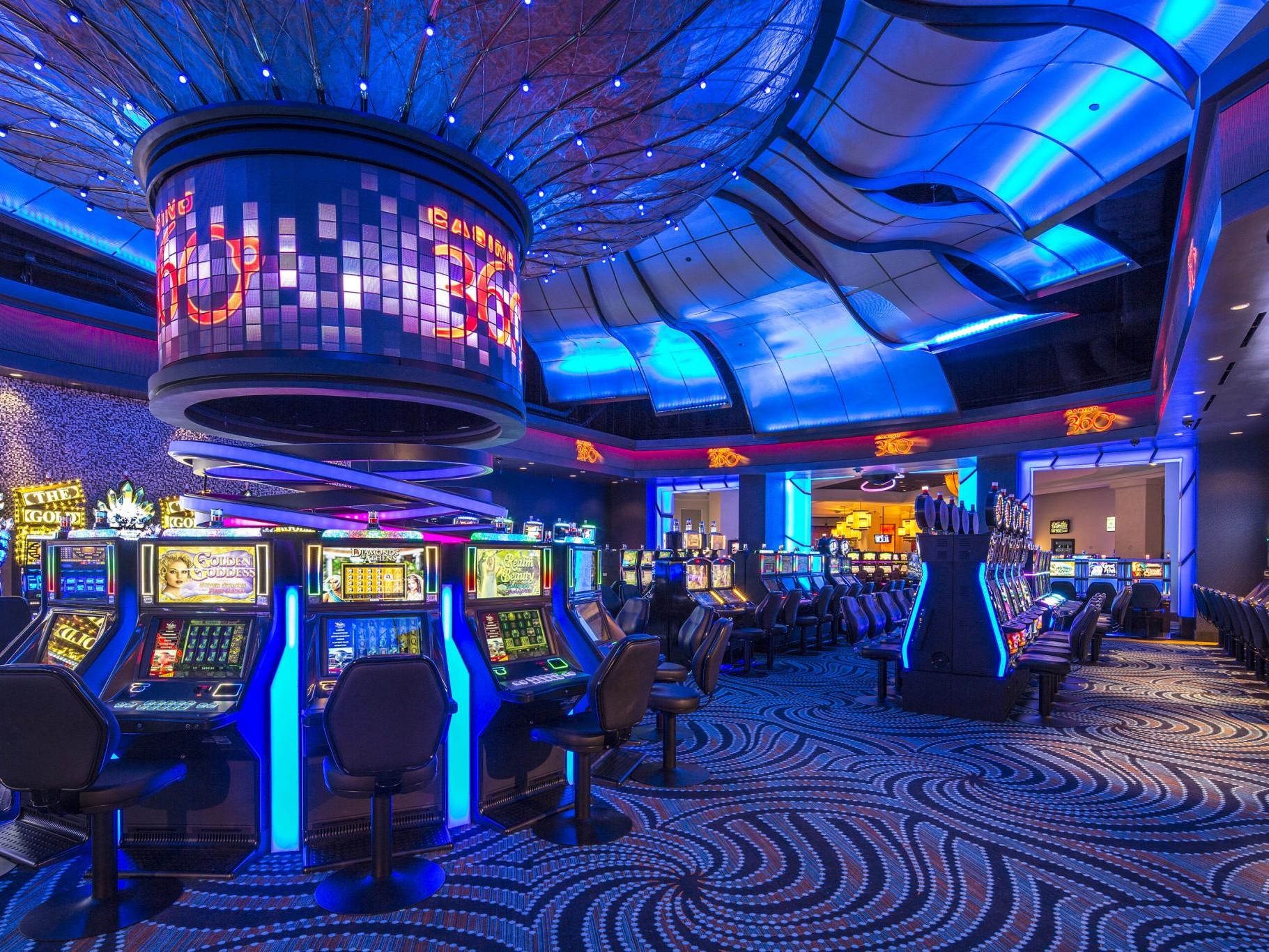
Gambling games have long captivated people’s attention, drawing participants into a universe filled with fortune, tactics, and the allure of thrill. Each experience is carefully crafted not just for enjoyment, but also to evoke targeted emotional responses that keep gamblers engaged and invested. Understanding the motivations behind these designs reveals much about how behavioral psychology plays a crucial role in the gaming experience.
From the vivid lights and vibrant sounds to the sophisticated layering of rules and rewards, casino games are designed to create an atmosphere of excitement and anticipation. Game designers leverage mental cues to influence gambler behavior, whether through the use of winning opportunities, close-call situations, or community engagement. By examining these aspects, we can better appreciate how casino games fulfill not just a desire for entertainment, but more profound psychological needs for thrill and uncertainty.
Understanding Player Actions
Casino games are engineered with a profound understanding of gamer psychology, which is crucial for drawing in and holding players. The excitement of the game, alongside the anticipation of winning, creates a strong attraction. Game designers make use of elements like sound effects, vibrant graphics, and engaging gameplay to engage attention and evoke emotional responses. These sensory elements enhance the overall experience, making players feel more invested in the game.
Another important aspect of player behavior is the notion of risk versus reward. Casino games often balance high-risk scenarios with the potential for significant rewards, which can cause the occurrence known as near-miss phenomenon. When players come near to winning, the brain produces dopamine, reinforcing their behavior and encouraging them to keep playing in pursuit of that elusive win. This cycle of anticipation and letdown plays a key role in how games are designed and marketed.
Lastly, social elements also play a central role in player behavior at casinos. Many games are designed to be played in groups or alongside other players, nurturing a sense of togetherness and shared experience. The social interaction inherent in games like blackjack enhances enjoyment and can result in longer play sessions. Designers take advantage on this by crafting environments that prompt players to linger, interact, and revisit, making the overall casino experience more attractive.
The Role of Visuals and Sound
Visuals and audio play a vital role in elevating the gambler’s experience within gambling games. Designers utilize vibrant colors, striking graphics, and engaging animations to grab players’ attention and hold their interest. The use of themes, such as adventure or opulence, helps create an enthralling atmosphere that transports players into another world. By appealing to the senses, these elements add to a intensified emotional response, prompting players to engage more deeply with the games.
Sound design is just as important in enhancing the overall experience of casino games. The mix of background music, audio effects for winning combinations, and environmental noises creates an sound landscape that keeps players enthralled. Audio cues associated with wins, such as chiming bells or festive music, evoke feelings of thrill and satisfaction, prompting players to continue playing. These audio cues are strategically placed to amplify the excitement of the game and create a more engaging experience.
Additionally, the alignment of imagery and sound is essential for supporting the game’s overall concept and mood. Each element should align seamlessly to create a unified experience that pulls players in. The effective use of this integration not only improves user satisfaction but also boosts the likelihood of repeat play, as players become more invested in the immersive world that the casino games offer. This thoughtful integration of visuals and audio ultimately enhances player involvement and commitment.
Reward Structures and Engagement
The development of casino games greatly relies on incentive systems to ensure participants engaged and returning for additional experiences. These structures are based in psychological theories that take advantage of human behavior and desire. Players are often motivated by the excitement of success, which is reinforced by instant feedback through the game’s design. This instant gratification not only improves the gaming experience but also cultivates a feeling of success, encouraging participants to continue participating in hopes of bigger rewards. 188bet.center
Gaming establishments implement various incentive systems, including large payouts, bonuses, and increased rewards, to engage participants. These elements create a level of thrill that sustains engagement. Additionally, the unpredictability of outcomes plays a significant role in sustaining interest. The variable reward system, where wins are random but happen often enough, maintains players on edge and driven to keep playing. This loop of hope and anticipation is foundational to the success of casino games.
Furthermore, community aspects, such as competitive events and collaborative options, boost the engagement factor by leveraging the competitive nature of participants. The communal aspect of playing with fellow participants can amplify the thrill of winning and create a sense of community within the gaming space. By combining these social dynamics with effective incentive structures, gambling experiences don’t just provide entertainment but also nurture a deeper bond among players, reinforcing their commitment to the gaming experience.